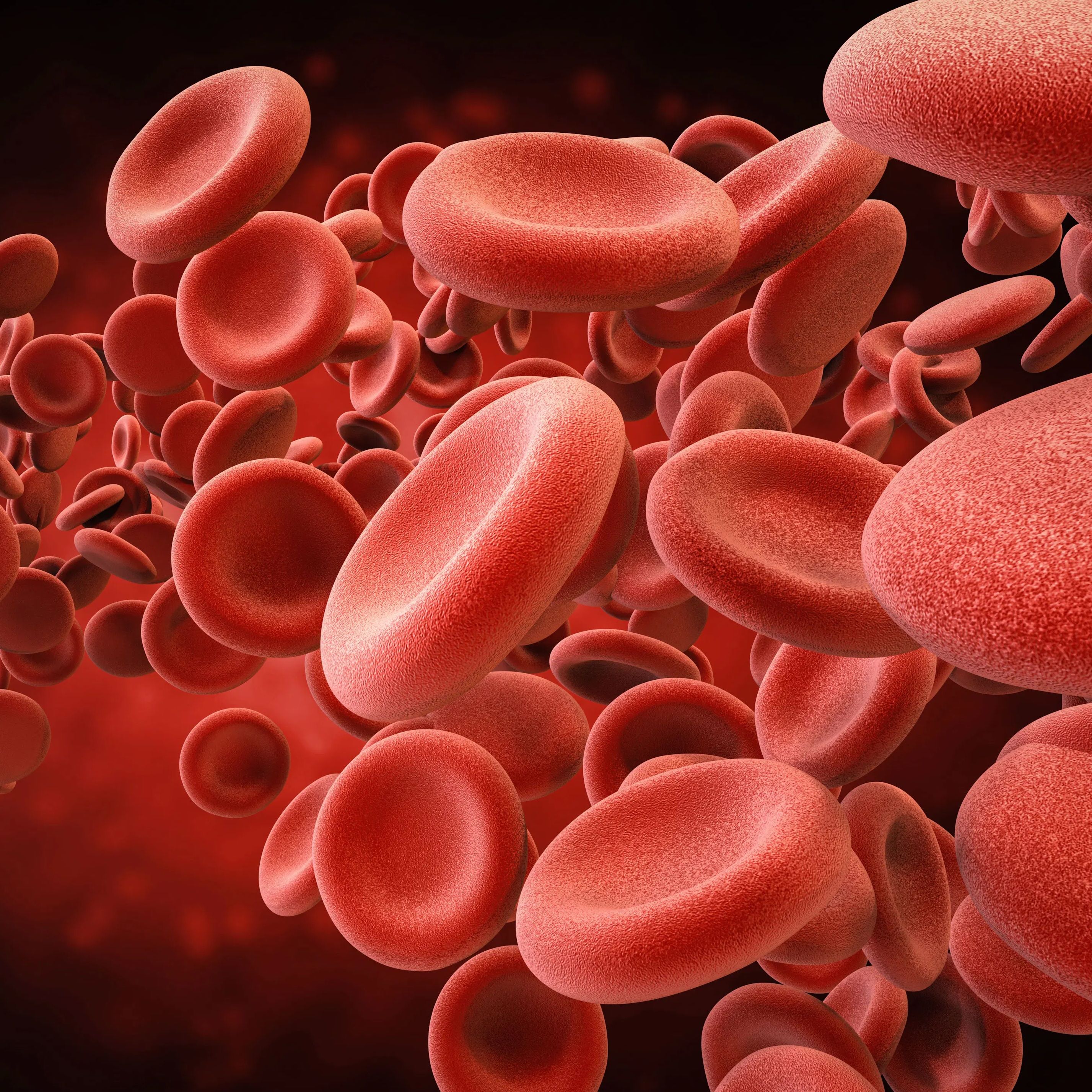News
Article
Sickle Cell Disease Linked to Higher Risk of Retinal Vascular Occlusion
Author(s):
Patients with hemoglobin SS sickle cell disease type may experience a significantly elevated risk of retinal vascular occlusion.
Credit: Fotolia

An investigation into the risk of large vessel retinal vascular occlusion (RVO) revealed a significantly larger threat among patients with the hemoglobin SS (HbSS) type of sickle cell disease (SCD) in a large national US database.1
Individuals with the HbSC type also exhibited a significantly higher RVO risk, owing to central retinal artery occlusion (CRAO), while those with sickle cell trait may not experience higher RVO risk. These data were presented at the American Society of Retina Specialists (ASRS) 42nd Annual Meeting.
“Patients with SCD (HbSS) may have a significantly higher risk of RVO,” wrote the investigative team, led by Gabriel T. Kaufmann, MD, Cole Eye Institute, Cleveland Clinic. “This increased risk is likely driven by an increased risk of arterial occlusions in this patient population.”
Nearly 100,000 patients in the United States are impacted by SCD, costing the healthcare system approximately $3 billion annually.2 Published literature has reported the presence of RVO in patients with SCD, including bilateral occlusions, but the true risk of RVO remains unknown.1
Particularly, no study has evaluated the risk of RVO across a nationwide US population, or stratified by hemoglobin mutation, according to Kaufmann and colleagues. In this analysis, the team sought to evaluate the risk of RVO (arterial and venous) among patients with differing β-globin mutations.
The cross-sectional and retrospective cohort study involved 94 million patients in the TriNetX US Collaborative Network national database between 2006 and 2024. Inclusion criteria were marked by patients with sickle cell states by ICD-10 codes including SCD (HbSS), hemoglobin SCD (HbSC), or sickle cell trait.
Matched control cohorts were performed by propensity score matching according to age, sex, race, ethnicity, smoking, hypertension, diabetes, dyslipidemia, and obesity. Outcomes of interest included any RVO, branch RVO (BRVO), central RVO (CRVO), CRAO, and branch retinal artery occlusion (BRAO), with hereditary corneal dystrophies serving as a negative control.
After propensity score matching according to the identified variables, there were 10,802 patients in the HbSS cohort (mean age, 38.6 years; 57.2% female), 4296 in the HbSC cohort (mean age, 34.3 years; 55.0% female), and 15,249 patients in the sickle cell trait cohort (mean age, 39.8 years; 68.9% female).
Correspondingly, there were 10,802 in the HbSS-matched control cohort (mean age, 38.7 years; 57.2% female), 4206 in the HbSC-matched control cohort (mean age, 34.6 years; 54.8% female), and 15,249 in the sickle cell trait-matched control cohort (mean age, 39.9 years; 68.9% female).
Upon analysis, individuals with HbSS demonstrated a 2.33 times higher risk (95% CI, 1.82 – 3.00) of developing any RVO than matched controls without SCD. Those with HbSS had a 2.71 times higher risk (95% CI, 1.65 – 4.47) of developing CRAO and a 4.90 times higher risk (95% CI, 2.48 – 9.67) of developing BRAO than those without SCD.
Meanwhile, patients with HbSC disease experienced a 3.14 times higher risk (95% CI, 1.95 – 5.06) of developing any RVO than matched controls without SCD. However, the analysis revealed patients with sickle cell trait experienced no significantly higher risk of developing any type of RVO.
“Further studies should assess the effects of medication use and age of onset of RVOs in SCD,” Kaufmann and colleagues wrote.
Reference
- Kaufmann G. Retrospective Cohort Study of Sickle Cell and Retinal Vascular Occlusion Risk in a National US Database. Poster presented at the American Society of Retina Specialists (ASRS) 42nd Annual Meeting. Stockholm, Sweden. July 17-20, 2024.
- Mangla A, Ehsan M, Agarwal N, et al. Sickle Cell Anemia. [Updated 2023 Sep 4]. In: StatPearls [Internet]. Treasure Island (FL): StatPearls Publishing; 2024 Jan-. Available from: https://www.ncbi.nlm.nih.gov/books/NBK482164/




